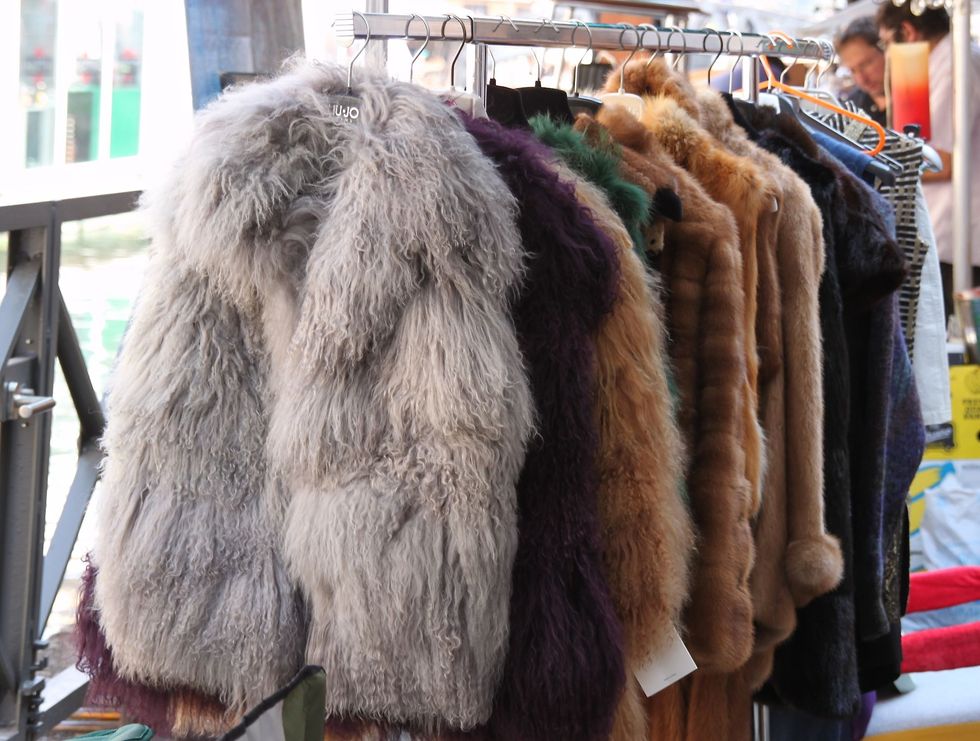I recently attended the Pittsburgh Symphony Orchestra at Heinz Hall, which is evidently a hub for people clad in fur. It was about 36 degrees out, with maybe an eighth of a centimeter of snow coating the downtown sidewalks. Fur coats were everywhere, and my family and I seemed to be the only ones shocked by the quantity. This begs the question – how is fur still a thing?
Furs and skins have historically been worn by “elites," and later trickled down as something more available to people who were not kings or priests. It is important to note the obvious fact that the world population was much smaller then, and so was the quantity or fur-wearers. But alas, this article isn’t about the past, it’s about the present.
What reason could someone in 2017 have to wear an ostentatious fur coat? We can easily rule out needing it for sheer warmth, especially in Pittsburgh. It’s cold, sure. But it’s not that cold. As you walk from your car to your seat in Heinz Hall, you won’t die of hypothermia if you aren’t wrapped up in furs. And if you do – you have such a low constitution that it was merely a waiting game. Synthetic fur, puffy coats, polyester, flannel, and many more fabrics are all effective, less cruel options. So we know that fur coats aren’t a cold weather necessity.
The next option is for “fashion.” From a completely unbiased POV, I honestly think that these accessories make their wearers look like Cousin It, or Chewbacca. And I do think that some animal products look alright. Timberlands are cute, leather belts are sturdy, and wool-lined boots are warm and cozy. My opinion on the aesthetics of fur is not based solely on an animal rights agenda. They genuinely remind me of Wookies. Even if you did find the look of a fur coat to be appealing, they’re stupidly expensive, and also come with a moral cost.
Then there’s the argument that damages my faith in humanity. To show ones wealth by wearing the skin of a dead animal. The only thing I find luxurious about this is the price, and I can easily think of hundreds of other consumer items to spend your thousands on. Jewelry, flying first class all the time, art, season tickets to the Green Bay Packers, a Rolex, your kid’s way into college. All of these options show that you are wealthier than others, and require little to no deaths.
Minks, foxes, rabbits, dogs, chinchillas, and many more animals are killed for their skin. These beings live in horrible conditions. At their worst they are kept in cages, they pace and self-mutilate, live in their waste, and are killed in obscure methods that minimize damage to the pelt rather than pain. At their best they are captured or bred “humanely”, kept in slightly roomier cages, and killed silently. Several countries have banned fur farming, or at least placed stricter regulations on its practices. The US is not one of these nations, and the federal government hands these issues over to the states. That being said the biggest source of regulation for these farms comes with the farming territory, complying with the Clean Air Act and Clean Water act. The Fur Commission USA also implements some rules such as minimum cage sizes, and recognition and reward for things like feeding the animals and removing waste from their cages.
A common argument that I face when attempting to explain the absolute absurdity of fur is “How is leather any different?” Now this may come across as shocking, but I’m not the biggest fan of leather either. But if I had to choose, I favor leather. Most notably cows are the source of leather, and the skinless corpse isn’t just thrown out after the pelts been taken. People actually receive benefit from the killing of cattle – calories. If the fur industry was nonexistent, these animals would still be killed for food, so it’s not the worst thing in the world that the skin is used too. (Though it certainly is not anywhere near the best.) The fur industry is different. For example, minks are farmed for their pelts, and then their soiled beddings and bodies are used to make fertilizer. The president of Nova Scotia’s Mink Breeders Association states this fact as if it is the humane and equitable option.
I thought that maybe my research in writing this article would make clear to me the appeal of furs, but it has not. I still do not have an answer to why fur is still a thing. The industry is declining, but nonetheless present. Unless you’re of The Nights Watch, or a wildling, or in the Seven Kingdoms when the long winter comes, then there really is not a rational reason to wear fur.
Sources:
http://www.truthaboutfur.com/
http://furcommission.com/
http://www.truthaboutfur.com/



















